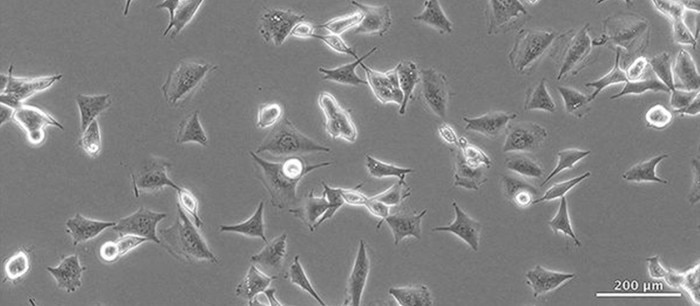MENU
IT | EUR
-
-
-
-
- Forum Labo 2025
- Advanced Therapies Week (ATW) 2025
- SLAS Europe 2025
- Bioprocessing Summit Europe 2025
- Medlab Middle East 2025
- SLAS International 2025
- Biologics World Nordics 2025
- ASIA LABEX: The Lab Show 2025
- BioProcess International Europe 2025
- ISEV 2025
- Future Labs Live 2025
- DataHow Symposium 2025
- Cell 2025
- ASIA LABEX: The Lab Show 2025
- LabDays 2025
- Stem Cell Community Day 2025
- Nordic Life Science Days 2025
- JASIS 2025
-
-
-
-
- Forum Labo 2025
- Advanced Therapies Week (ATW) 2025
- SLAS Europe 2025
- Bioprocessing Summit Europe 2025
- Medlab Middle East 2025
- SLAS International 2025
- Biologics World Nordics 2025
- ASIA LABEX: The Lab Show 2025
- BioProcess International Europe 2025
- ISEV 2025
- Future Labs Live 2025
- DataHow Symposium 2025
- Cell 2025
- ASIA LABEX: The Lab Show 2025
- LabDays 2025
- Stem Cell Community Day 2025
- Nordic Life Science Days 2025
- JASIS 2025
IT | EUR
-
- Tutte le centrifughe
- Centrifughe da banco
- Centrifughe da pavimento
- Centrifughe refrigerate
- Microcentrifughe
- Centrifughe multiuso
- Centrifughe ad alta velocità
- Ultracentrifughe
- Concentratore
- Prodotti IVD
- High-Speed and Ultracentrifuge Consumables
- Provette per centrifughe
- Piastre per centrifughe
- Gestione degli apparecchi
- Gestione di campioni e informazioni
-
- Tutte le pipette, i dispenser e i sistemi automatizzati per la manipolazione dei liquidi
- Pipette meccaniche
- Pipette elettroniche
- Pipette multicanale
- Pipette e dispenser a spostamento positivo
- Puntali per pipette
- Dispenser per flaconi
- Controller per pipette
- Accessori per dispenser e pipette
- Pipettaggio automatico
- Consumabili per l'automazione
- Accessori per l'automazione
- Servizi di assistenza per dispenser e pipette
Sorry, we couldn't find anything on our website containing your search term.
Sorry, we couldn't find anything on our website containing your search term.

How to identify eukaryotic contamination in your cell culture
Lab Academy
- Biologia cellulare
- Coltura cellulare
- Contaminazione
- Consumabili per colture cellulari
- Incubatori a CO2
- Saggio
Eukaryotic contamination means that one cell line is contaminated with another cell line. There is no visible sign of a mixed culture.
The ICLAC (International cell line authentication committee) reports roughly 500 documented eukaryotic cell lines that are cross-contaminated with cells from other cell lines or misidentified. Current estimates assume that at least 15 % of all cell lines in use worldwide are cross-contaminated or identified as the wrong cell line. For these reasons, Good Cell Culture Practice documentation is paramount; not only to protect cells from contaminations such as bacteria and fungi, but also from each other. Misidentified and cross-contaminated cell lines can be detected by authentication testing. Short tandem repeat (STR) profiling is an accepted consensus method for authenticating human cell lines. Source: www.iclac.org
Find more about misidentified cell lines here .
Macroscopic detection
There are no means by which cross contamination can be detected macroscopically. Pay close attention if the growth rate of your cell line begins to differ from previous measurements/observations.Microscopic detection
Even with the help of a microscope it is difficult to detect cross contaminations with other eukaryotic cells. Sometimes the shape or dimension of the cell could provide a hint.The ICLAC (International cell line authentication committee) reports roughly 500 documented eukaryotic cell lines that are cross-contaminated with cells from other cell lines or misidentified. Current estimates assume that at least 15 % of all cell lines in use worldwide are cross-contaminated or identified as the wrong cell line. For these reasons, Good Cell Culture Practice documentation is paramount; not only to protect cells from contaminations such as bacteria and fungi, but also from each other. Misidentified and cross-contaminated cell lines can be detected by authentication testing. Short tandem repeat (STR) profiling is an accepted consensus method for authenticating human cell lines. Source: www.iclac.org
Find more about misidentified cell lines here .
Approfondisci
Related links
Approfondisci

